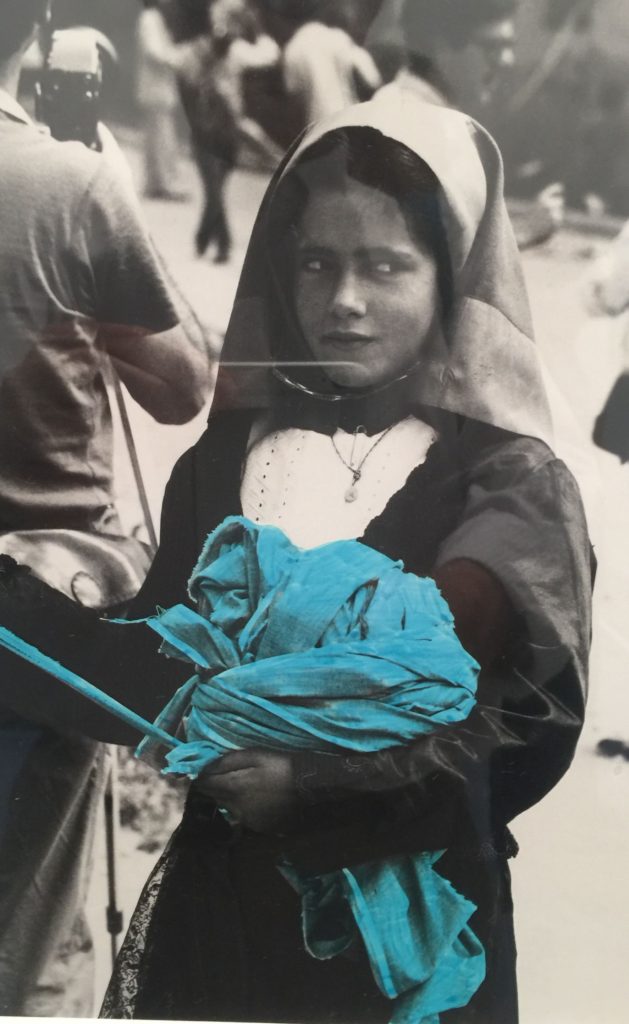Today is the first day back at school for my son, Eneko, and the first week of classes at Ohio State University, where I’ll be teaching the class ‘documenta 14 and the ‘decolonial turn’: Contemporary Theory and Art Education’. As a way to celebrate all of the students heading back to class from their summers of fun, distraction, freedom and (sometimes) boredom, here is a dialogue I constructed based on the brief text ‘Curriculum’ by Clare Butcher (the education coordinator for documenta 14 in Kassel and currently curator for Public Programming and Learning at the upcoming Toronto Biennial of Art) which she wrote for the the documenta 14 aneducation book. Our imagined dialogue is interspersed with images of the work of Italian artist Maria Lai (1919-2013), from her 1981 series ‘Legarsi alla Montagna’ (To bind with the mountain) as well as her 2005 sound recording La storia di Maria Pietra (The Story of Maria Pietra) referenced in ‘Curriculum’. My hope is that Clare and I will be able to have a real, follow-up dialogue in the near future, to see how these threads unfurl. In the meantime, welcome back to school, Eneko and all students, – remember to know yourselves distracted!
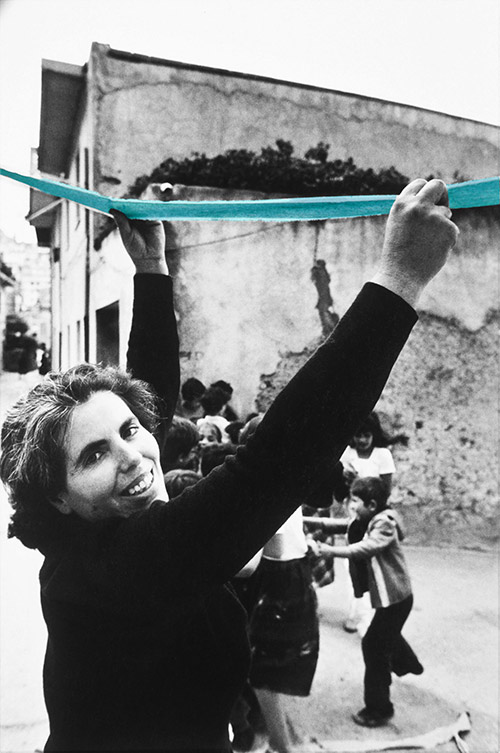
Minus Plato: You were one of the organizers for the education program at documenta 14 aneducation. In this role, what was your working definition of curriculum?
Clare Butcher: During the Winter intensive – School of Voice: Hearing Voices held at the Athens School of Fine Arts in Delphi, in January 2017, when asked about this word’s definition, someone in the group of students asked: “Isn’t cirrus a kind of cloud?”.
MP: That’s interesting to think of the Latin word cirrus (meaning ‘curly’) and connecting it to the other Latin word currere (to race) and its diminutive noun curriculum. Do you have any idea what prompted the student to make this connection? And how did their answer evoke the specific context of the ancient site?
CB: Indeed, a cloudiness accompanied the circular tracks once delineated the “curriculum” of the ancient Gymnasium. The Latin roots of the word meaning “to run a course” became somehow embodied as we walked the well-trod paths around the Temple of Apollo’s περίμετρος (perimeter) in Delphi.
MP: A course in what and towards what?
CB: We wondered as we encircled the remains of epic facades, surrounding the place from which the oracle’s words once emerged, steeped in laurel and earthy mists. Running tentative fingers across aged graffiti, we traced coordinates and scores detailing wisdom and warnings, and the welcoming words: γνῶθι σεαυτόν gnóthi saftón (know thyself).
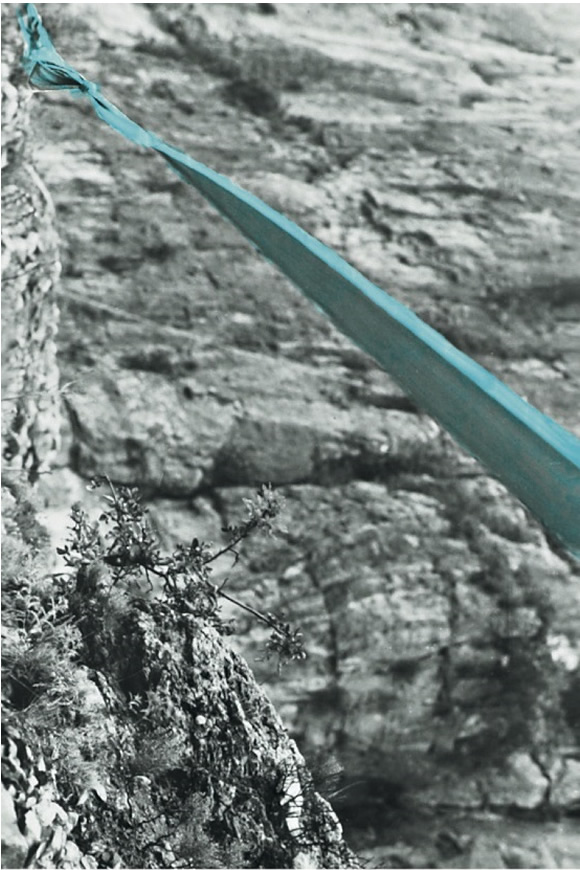
MP: In those now faded ruins, do you think this greeting seems ironic?
CB: Yet it would have proven intensely more apposite in a haze of prophecy and attempts at its translation, the oracular voice merging with the priestly interpretations and personal doubts.
MP: Ok, this is getting very mystical, can you bring us back to the class and the place of curriculum?
CB: In a crumbling amphitheater, we sat on the cold stones and listened to a recording of a woman, a sage, holding forth from an unassuming portable speaker, on the power of knowledge to at once bring life and turn to stone, to petrify meaning, to stunt intuition.
MP: I’m curious, who was speaking?
CB: It was Maria Lai, one of documenta 14’s historical artists. Barbara Casavecchia, an author and a guest contributor to the School of Voice, wrote a great article (‘Taci, anzi parla’) for the documenta 14 journal South as a State of Mind, which made the link for us. Barbara shared the recording of Lai reading her “La storia di Maria Pietra” (“The Story of Maria Pietra), gaving us a translation as the same time. The short story, ungirded by her gravelly voice resonated in the cobblestones on which we sat.
MP: Do you recall what happened next?
CB: Apparently the story was not short enough, however, as a security guard interrupted us for its being distracting.
MP: How did you respond?
CB: “Distracting for whom?” we asked. “Just turn it off!” “It’s one more minute.” “Switch it off now, you’re distracting the researchers!”
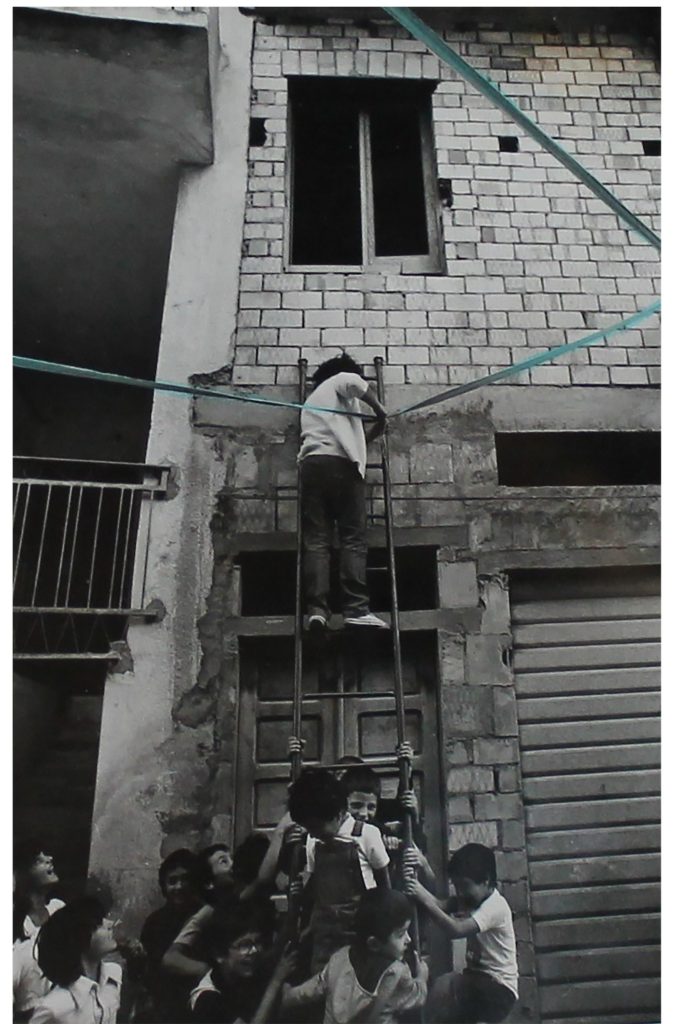
MP: The researchers? Were these archaeologists or classicists working on the site?
CB: We looked around and saw one or two figures deciphering markings on a staircase some distance away.
MP: That’s funny. The idea that you were all focused on the concept of the curriculum, intently listening, and you are the ones being told you are distracting! Surely the classicists, looping through their routine and well-worn canons, are in need of some dynamic distraction! Let’s go back to how this experience informed your approach to curriculum at documenta 14.
CB: To go off course, to pull in different directions: distraction is surely an antidote to loops, rehashed solutions, and redirection.
MP: Here the idea of the body seems especially pertinent.
CB: While the dimensions inspired by the thinking body – moving, exercising, learning – might be useful, the questions around what kinds of bodies, which exercises, pronounced by whom, and for what purposes, echo loudly among ruins.
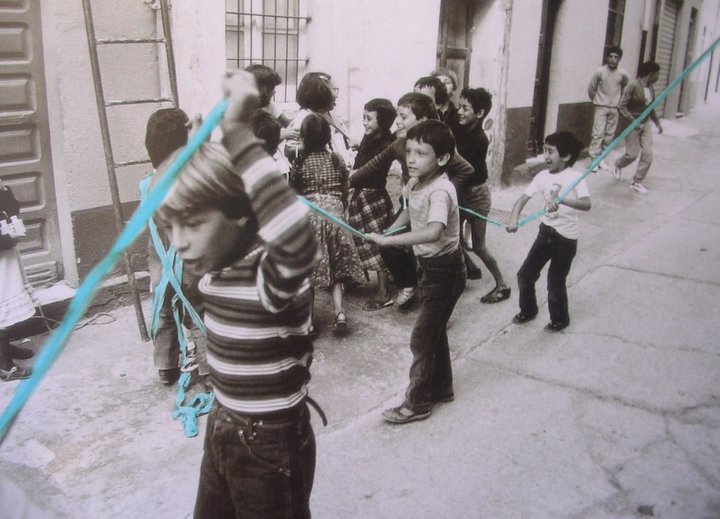
MP: You are asking us to listen to other voices, right?
CB: Other voices, other words, those forbidden, interrupt the comfortable canons that encircle education.
MP: Yes, I could not agree more! And what are the stakes for art and its curricula?
CB: What if these misty, doubtful, and unassuming kinds of knowledge were found not at the perimeter, but at the center of curricula?
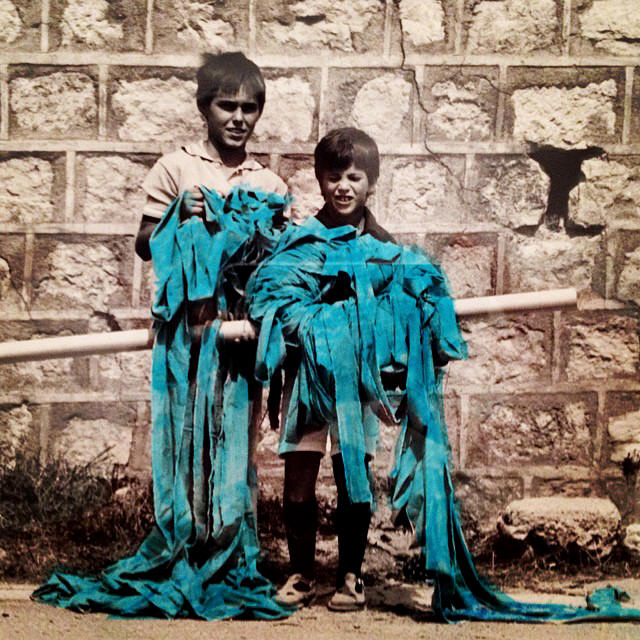
MP: That’s it, an art curriculum that encourages meandering, wandering, distraction, but also one that acutely challenges entrenched ideas grounded in the Western canon and its flawed alignment between ancient Mediterranean cultures and the valuation of ‘the classical’! You know what Plato had written over the Academy gate (“Let no one ignorant of geometry enter!”), what would be your motto on entering your future school and its decentering curriculum?
CB: “A word of welcome and of warning to those who enter: know thyself distracted.”
MP: Perfect!
